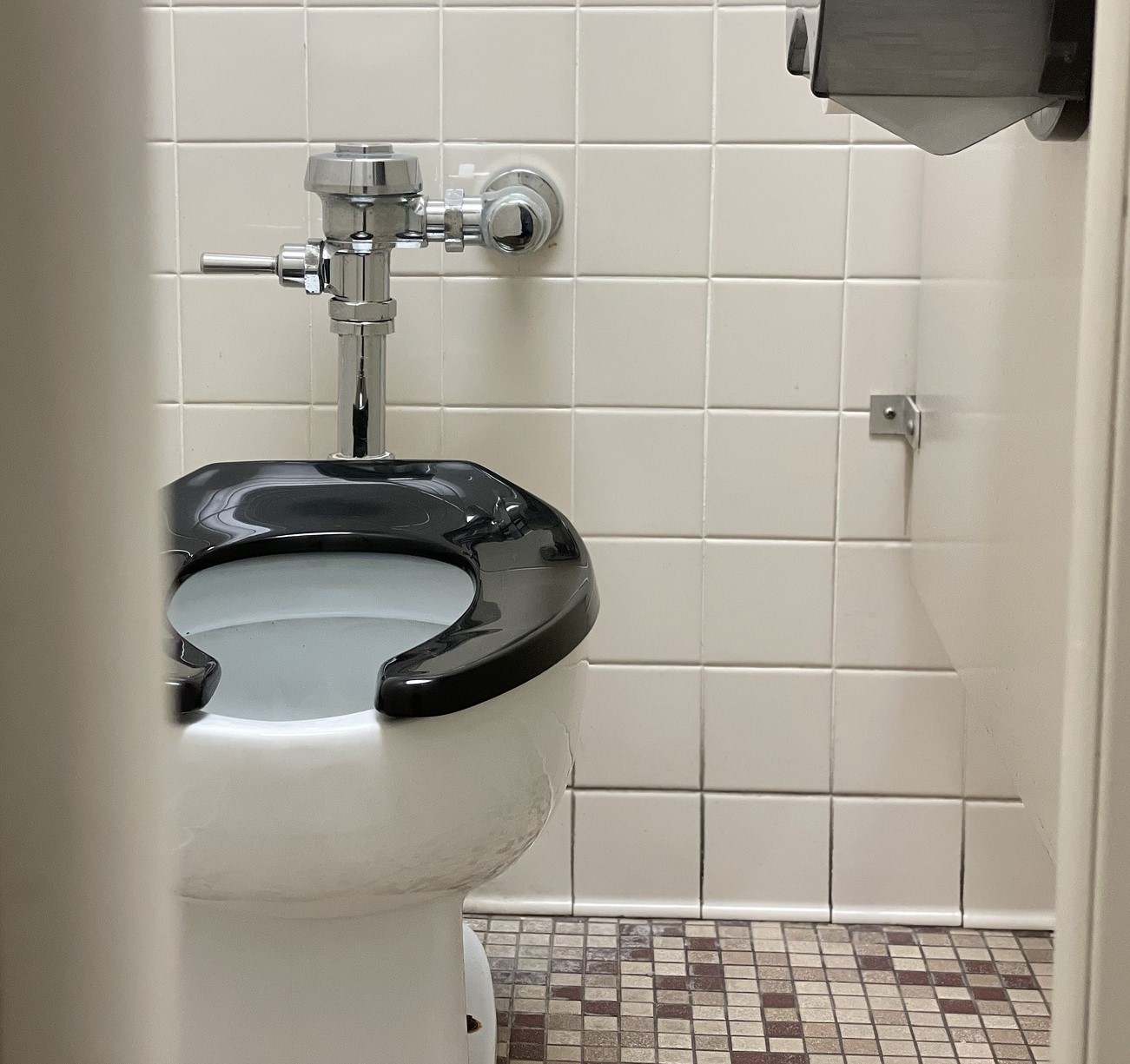Psychometric properties of the Pelvic Organ Prolapse/Urinary Incontinence Sexual Questionnaire (PISQ-12) on Chilean women
Abstract
Introduction:Pelvic floor dysfunctions have an impact on women’s sexual function. A Chilean study found that 74% of women have pelvic floor dysfunctions, but there is no validated tool for them.
Objective:To evaluate the psychometric properties of the Pelvic Organ Prolapse/Urinary Incontinence Sexual Questionnaire (PISQ-12) for assessing sexual function in Chilean women with pelvic floor dysfunctions.
Methods:A cross-sectional study of psychometrics in 217 women with pelvic floor dysfunction, age 18 or older, and sexually active (last 6 months). Non-probability, convenience sampling. Tool: PISQ-12. Experts checked content validity, construct validity with confirmatory factor analysis, reliability with Cronbach’s alpha, and discriminating capacity with Pearson and McDonald’s omega.
Results:The population is mainly perimenopausal, highly educated with no income and with urinary incontinence (89.4%). The psychometric analysis supports a three-factor structure: sexual response, female sexual problems, and male sexual problems, with a good (α= 0.85), acceptable (α= 0.73), and poor (α= 0.63) reliability, respectively, but McDonald’s omega was acceptable for all three. These were related to age (rs: -0.33), education (rs: 0.36), number of pregnancies (rs: -0.18) and vaginal births (rs: -0.25).
Conclusions:PISQ-12 is valid and reliable for measuring sexual dimensions and problems. Age, education, and a number of pregnancies and vaginal births are moderately correlated to sexual response.
Authors
Downloads
Keywords
- psychometrics
- sexual health
- pelvic floor dysfunctions
- pelvic organ prolapse
- urinary incontinence
- sexual dysfunction
- genitals
- pelvic floor
References
Neels H, Weyndaele J, Tjalma W, De Watcher S, Wyndaele M, Vermandel A. Knowledge of the pelvic floor in nulliparous women. J Phys Ther Sci. 2016; (28): 1524-1533. https://doi.org/10.1589/jpts.28.1524 PMid:27313364 PMCid:PMC4905903
Urdaneta J, Briceño L, Cepeda de Villalobos M, Montiel C, Marcucci R, et al. Función sexual antes y después de la reparación quirúrgica del prolapso genital. Rev Chil Obstet Ginecol. 2013;78(2):102- 113. https://doi.org/10.4067/S0717-75262013000200006
Flores C, Araya A, Pizarro J, Díaz C, Quevedo E, González S. Descripción de la función sexual en mujeres con alteraciones de piso pélvico en un hospital público de Santiago. Rev Chil Obstet Ginecol. 2012; 77(5): 331 - 337. https://doi.org/10.4067/S0717-75262012000500002
Homsi C, Dwyer P, Davidson M, De Souza A, Alvarez J, Frawley H. Does pelvic floor muscle training improve female sexual function? A systematic review. Int Urogynecol J. 2015; 26: 1735-1750. https://doi.org/10.1007/s00192-015-2749-y PMid:26072126
Rogers R, Pauls R, Thakar R, Morin M, Kuhn A, Petri E, et al. An International Urogynecological Association (IUGA)/International Continence Society (ICS) joint report on the terminology for the assessment of sexual health of women with pelvic floor dysfunction. Neurourol Urodyn. 2018; 37(4):1220-1240. https://doi.org/10.1002/nau.23508 PMid:29441607
Thiagamoorthy G, Srikrishna S, Cardozo L. Sexual function after urinary incontinence surgery. Maturitas. 2015; (81): 243-247. https://doi.org/10.1016/j.maturitas.2015.03.002 PMid:25899565
Rogers R, Kammmerer-Doak D, Villarreal A, Coates K, Qualls C. A new instrument to measure sexual function in women with urinary incontinence or pelvic organ prolapse. Am J Obstet Gynecol. 2001; 184:552- 558. https://doi.org/10.1067/mob.2001.111100 PMid:11262452
Espuña M, Puig M, González M, Zardain PC, Rebolledo P. Cuestionario para evaluación de la función sexual en mujeres con prolapso genital y/o incontinencia. Validación de la versión española del "Pelvic Organ Prolapse/Urinary Incontinence Sexual Questionnaire (PISQ-12). Actas Urol Esp. 2008; 32(2): 211-219. https://doi.org/10.1016/S0210-4806(08)73815-4
Rogers R, Coates K, Kammmerer-Doak D, Khalsa S, Qualls C. A short form of the Pelvic Organ Prolapse/ Urinay Incontinence Sexual Questionnaire (PISQ-12). Int Urogynecol. 2003; 14: 164-168. https://doi.org/10.1007/s00192-003-1063-2 PMid:12955337
Flora DB, Curran PJ. An empirical evaluation of alternative methods of estimation for confirmatory factor analysis with ordinal data. Psychol Methods. 2004;9(4):466-491. https://doi.org/10.1037/1082-989X.9.4.466 PMid:15598100 PMCid:PMC3153362
Hu LT, Bentler PM. Cutoff criteria for fit indexes in covariance structure analysis: Conventional criteria versus new alternatives. Structural Equation Modeling. 1999; 6(1): 1-55. https://doi.org/10.1080/10705519909540118
Kline RB. Principles and practice of structural equation modeling (2nd ed.). New York: Guilford; 2005.
West SG, Taylor AB, Wu W. Model fit and model selection in structural equation modeling. Handbook of structural equation modeling. United States: Guilford press; 2012.
Dunn TJ, Baguley T, Brunsden V. From alpha to omega: A practical solution to the pervasive problem of internal consistency estimation. Br J Psychol. 2014; 105(3): 399-412. https://doi.org/10.1111/bjop.12046 PMid:24844115
George D, Mallery P. SPSS for Windows step by step: A simple guide and reference. 11.0 update (4th ed.).Boston: Allyn & Bacon; 2003.
Cohen J. Statistical power analysis for the behavioral sciences. 2nd ed. New York: Erlbaum, Hillsdale; 1988.
Gumussoy S, Kavlak O, Donmez S. Sexual function and dyadic adjustment in women with urinary incontinence. Pak J Med Sci. 2019; 35(2):437-442. https://doi.org/10.12669/pjms.35.2.296
Cayan S, Yaman O, Orhan I, Usta M, Basar M, Resim S, et al. Prevalence of sexual dysfunction and urinary incontinence and associated risk factors in Turkish women. Eur J Obstet Gynecol Reprod Biol. 2016; 203: 303-308. https://doi.org/10.1016/j.ejogrb.2016.06.030 PMid:27423031
Zhu Q, Shu H, Dai Z. Effect of pelvic floor dysfunction on sexual function and quality of life in Chinese women of different ages: An observational study. Geriatr Gerontol Int. 2019; 4: 299-304. https://doi.org/10.1111/ggi.13618 PMid:30811813
Handelzalts J, Yaakobi T, Levy S, Peled Y, Wizniter A, Krissi H. The impact of genital self-image on sexual function in women with pelvic floor disorders. Eur J Obstet Gynecol Reprod Biol. 2017; 211: 164-168. https://doi.org/10.1016/j.ejogrb.2017.02.028 PMid:28279890
Gryzbowska M, Wydra D. Predictors of sexual function in women with stress urinary incontinence. Neurourol Urodyn. 2018; 37(2): 861-868. https://doi.org/10.1002/nau.23370 PMid:28767163
arbage SA, Santos ZM, Frota MA, Moura HJ, Vasconcelos CT, Vasconcelos JA, et al. Quality of life of Brazilian women with urinary incontinence and the impact on their sexual function. Eur J Obstec Gynecol Reprod Biol. 2016; 201:56-60. https://doi.org/10.1016/j.ejogrb.2016.03.025 PMid:27060544
Ministerio de salud del gobierno de Chile. Estudio nacional del comportamiento sexual; 2000.
Barrientos J, Paéz D. Psychosocial variables of sexual satisfaction in Chile. J Sex Marital Ther. 2006; 32(5):351-68. https://doi.org/10.1080/00926230600834695 PMid:16959659
Mørkved S, Bø K. Effect of pelvic floor muscle training during pregnancy and after childbirth on preventionand treatment of urinary incontinence: a systematic review. Br J Sports Med. 2014; 48: 299-310. https://doi.org/10.1136/bjsports-2012-091758 PMid:23365417

Copyright (c) 2021 Universidad del Valle

This work is licensed under a Creative Commons Attribution-NonCommercial 4.0 International License.
The copy rights of the articles published in Colombia Médica belong to the Universidad del Valle. The contents of the articles that appear in the Journal are exclusively the responsibility of the authors and do not necessarily reflect the opinions of the Editorial Committee of the Journal. It is allowed to reproduce the material published in Colombia Médica without prior authorization for non-commercial use

 https://orcid.org/0000-0002-1799-8298
https://orcid.org/0000-0002-1799-8298


















